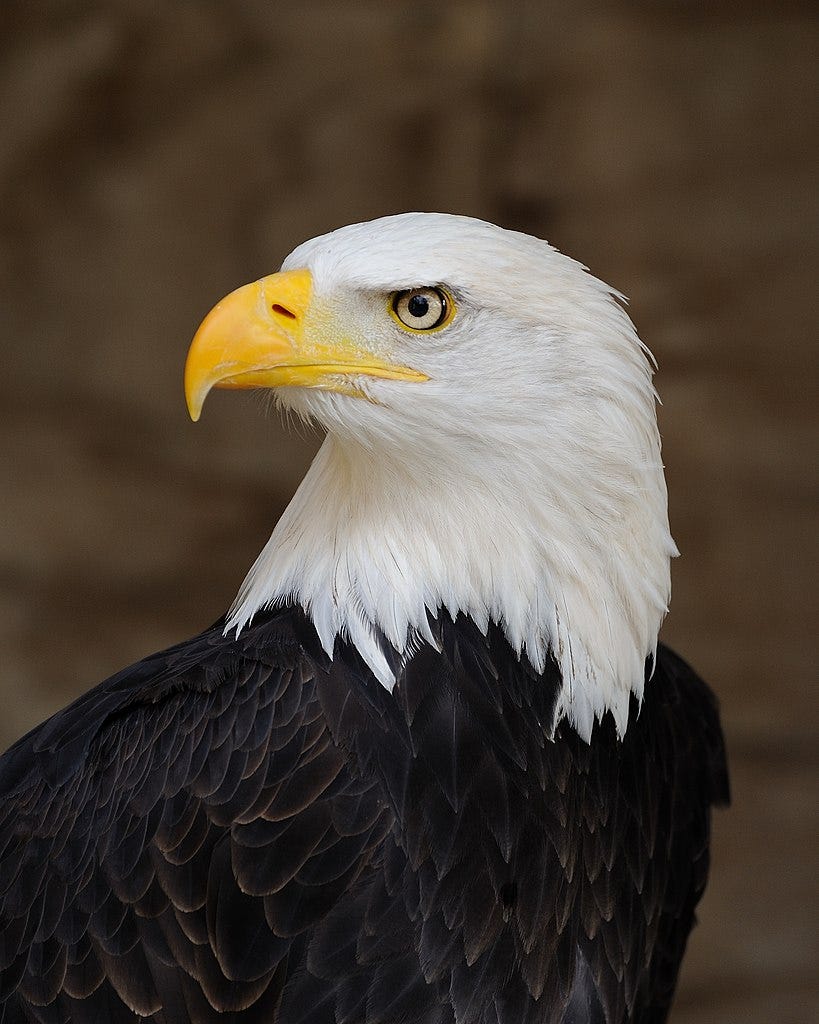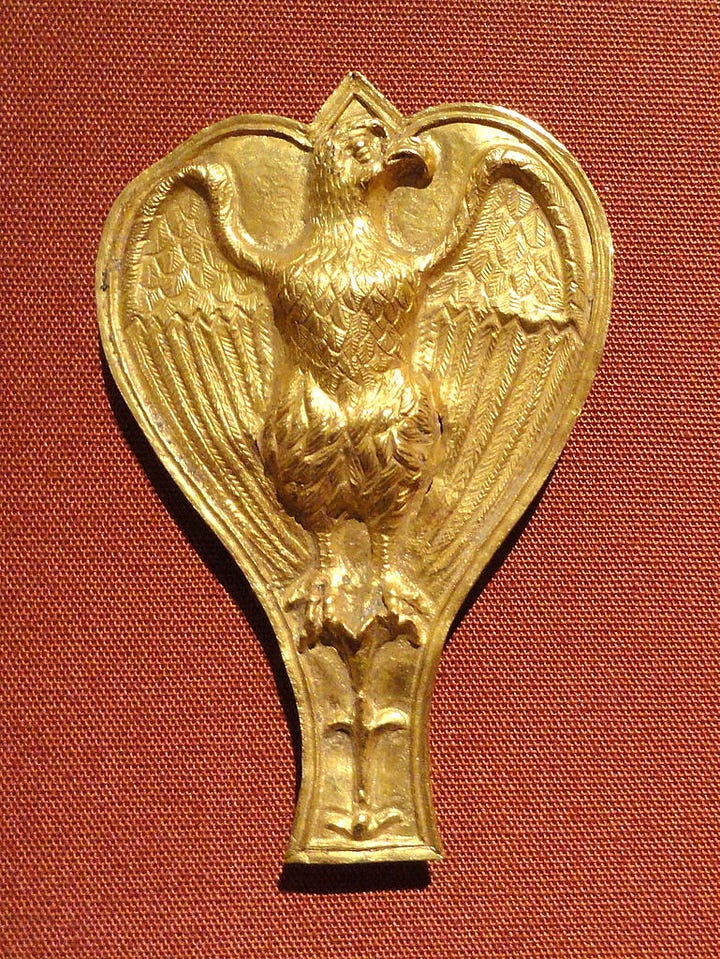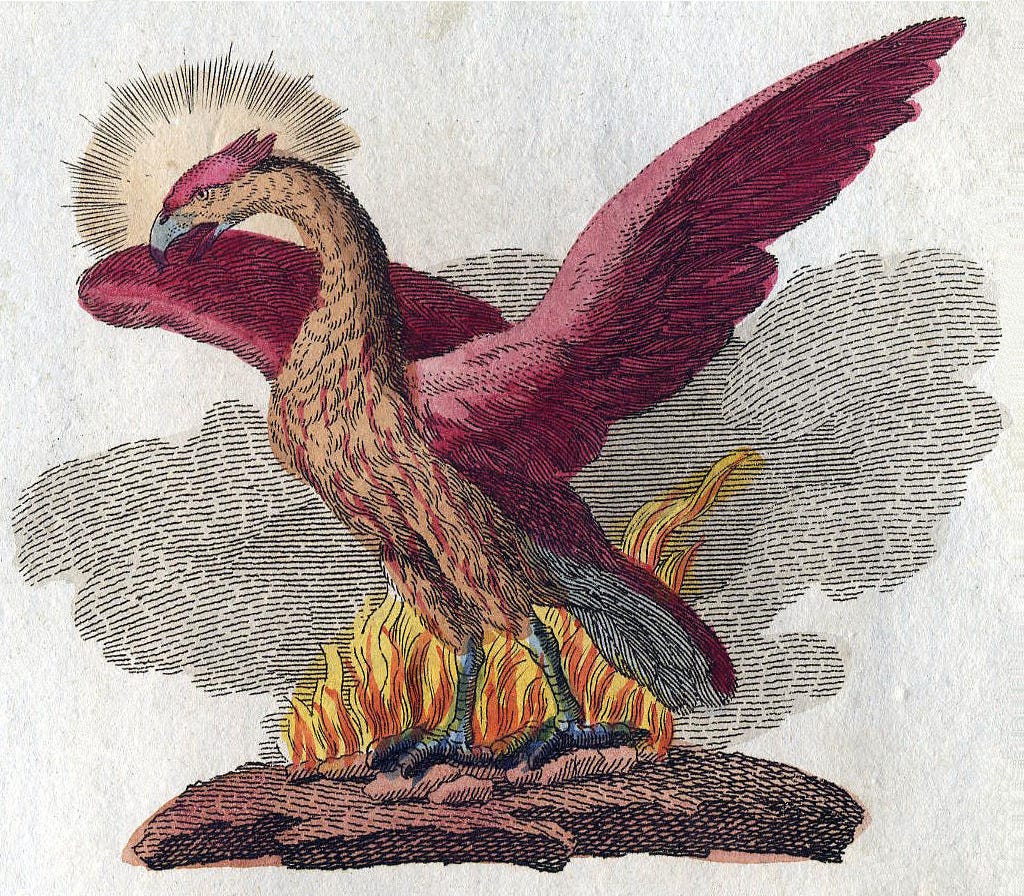Ruminations on a National Bird
The Fall and Rise of the Bald Eagle, and (Perhaps) American Democracy

On Christmas Eve of 2024, President Joe Biden signed a bill which made the bald eagle, Haliaeetus leucocephalus, these United States’ national bird. Most Americans probably assumed this raptor was already the national bird, but this was never officially the case. While the bald eagle has been an enduring symbol of America almost since its founding, the avian itself has had a tumultuous history over the last few centuries.
The first cultural usage of the bald eagle was by various Native tribes, who used parts such as feathers and claws for ceremonial or religious purposes. When the United States established themselves as a nation independent from the British crown, the Continental Congress included the bald eagle as the central part of the obverse of the Great Seal of the United States designed in 1782. The inclusion of a native North American eagle species was a direct attempt to parallel the use of the golden eagle or aquila as a symbol of the Roman Republic. The adoption of the bald eagle was not universally applauded, as Benjamin Franklin criticized the use of “a Bird of bad moral Character” which “does not get his living honestly” (alluding to its scavenging) and is “a rank Coward.”


Despite their veneration as national symbol, populations of the bald eagle had declined precipitously by the early-20th century. They were often shot, sometimes due to rumours that they attack sheep (which happens exceedingly rarely) and children (which has never been documented). Despite the passage of the Bald Eagle Protection Act in 1940 (which was later expanded to include golden eagles), and the listing of the bald eagle as an endangered species in 1967, populations continued to decline, largely due to extensive use of the insecticide dichlorodiphenyltrichloroethane (DDT). DDE, a metabolite of DDT, interfered with raptors’ calcium metabolism, causing their eggshells to be too brittle to survive. In the 1950s and ’60s, there were only around four hundred nesting pairs of bald eagles in the wild. After DDT was banned in the US in 1972, and phased out in the 1970s and fully banned by 1990 in Canada, bald eagle populations began to bounce back, reaching around 70,000 breeding pairs in 2021. However, bald eagles still often suffer from lead poisoning (due to ammunition fragments in carrion they eat), and their leading causes of death are still due to humanity (such as pollution, automobile collisions, and electrocution by power lines).

The story of the bald eagle has some echoes of the ancient myth of the phoenix, a bird which dies and is reborn through fire. It ultimately proves that as long as life endures, there is a chance to recover from the direst circumstances, even near-extinction. It is sadly ironic that the bald eagle has only become the official national bird of the United States at a moment in which, as happened to the Roman government which the founders attempted to emulate, the republic is on the verge of being transformed into something which bears far more resemblance to an empire. However, I believe that today’s unconstitutional inauguration of an insurrectionist and convicted felon does not have to spell the end of the American democratic experiment; it just marks the beginning of a darker and more dangerous chapter of the fight to save it. Today is not just day one of an illegal and tyrannical régime, it is the first day of the resistance against it. (What that resistance will entail is a topic I have written about at some length, so I shall not repeat it here). However, perhaps it is more useful to think of today as not day 1, but as day 0: a time to steel ourselves for the coming struggle, and a round little egg of a numeral, from which can eventually hatch a newly reborn, and more truly just and free America.





